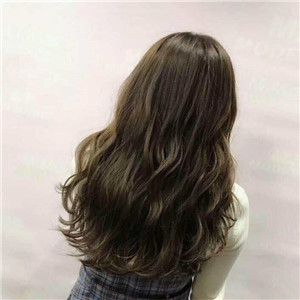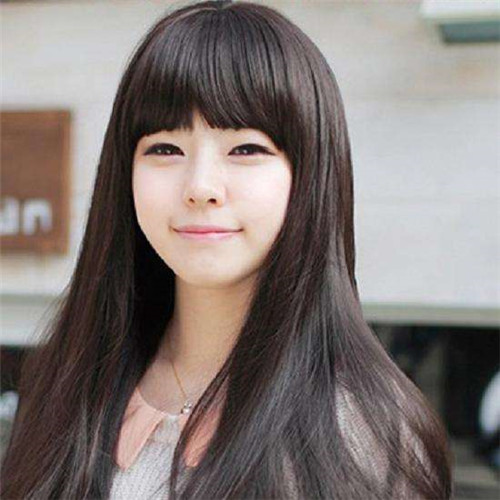Although wigs appear later in China, they have a long history.
In the ancient Yushun era (2100 BC), bald people began to wear wigs. The Book of Songs · Zhaonan · Caijing depicts the towering wigs of silkworms who raise silkworms for the Gonghou. In the early years of the Eastern Zhou Dynasty, wearing wigs became a popular accessory for women. The identities such as the queen and the lady must wear wigs when attending major events such as sacrifices. Wigs are popular as high-end headdresses, of course, it will not be cheap enough for everyone to afford, so there are also some folk poor women who borrow wigs. In the Eastern Jin Dynasty, wigs became popular among the people.
The hair buns made with wigs are “false buns”, also called “scarves”.
Today, there is a saying that “scarves are not allowed to bear eyebrows”, which is very different from the original meaning of the word “scarves”-women’s fake concubines. However, because “scarves” belong to women’s special ornaments, they were extended as women’s names. In 234 BC, in order to destroy the Cao-Wei regime, Shu Ge led his troops out of Xiegu (now south of Meixian County, Shaanxi), and repeatedly challenged Sima Yi to Wei. She went to the “Jinchan” woman’s ornament to ridicule Sima Yi as timid as a man, not manly.

